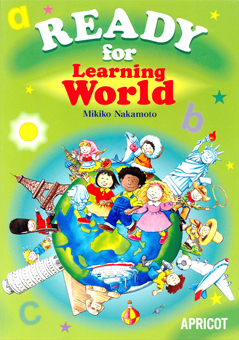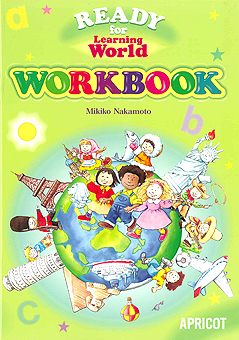

- 54. 10 Useful Pieces of Advice for Teaching with LEARNING WORLD #9 & 10
- 55. “Happy New Year!” “I don’t say that.”
- 53. Halloween 2019
- 52. READY Workbook Pg. 17
- 51. English-Uplift 1-Day Seminars
- 50. READY Workbook - vocabulary copying activity
- 49. 10 Useful Pieces of Advice for Teaching with LEARNING WORLD #8
- 48. 10 Useful Pieces of Advice for Teaching with LEARNING WORLD #7
- 47. 10 Useful Pieces of Advice for Teaching with LEARNING WORLD #6
- 46. 10 Useful Pieces of Advice for Teaching with LEARNING WORLD #5
- 45. 10 Useful Pieces of Advice for Teaching with LEARNING WORLD #4
- 44. 10 Useful Pieces of Advice for Teaching with LEARNING WORLD #3
- Kindergarten aged students
- Lower Elementary-school aged students
- Upper Elementary-school aged students
- Junior High and older students
- Others
35. Tomorrow Pg 18! A little at a time!!
Almost every activity that I bring to class is designed specifically to MAXIMIZE student output of English. Once students have traveled through the LEARNING WORLD series and have arrived at “TOMORROW” they will have a large background of English to access. If their learning experience has also given them a positive attitude towards using English, your activity can produce some interesting student output. An important strategy to produce student output is to present a large amount of material a little at a time.
In a class of 5 junior high students currently studying with TOMORROW, I recently did the following activity.
We first discussed the idea of a “plan”. We agreed that “a plan was a series of steps towards a goal.” We agreed that sometimes we all need to make plans. We also agreed that sometimes we all need to listen to other people’s plans, and give comments.
Using the whiteboard I explained that if we hear a plan that we think is good, we say “It’s a good plan!” and add a supporting comment (+1) If we hear a plan that we think is not so good, we say “It’s a nice plan…” and add a comment that begins with “But…”
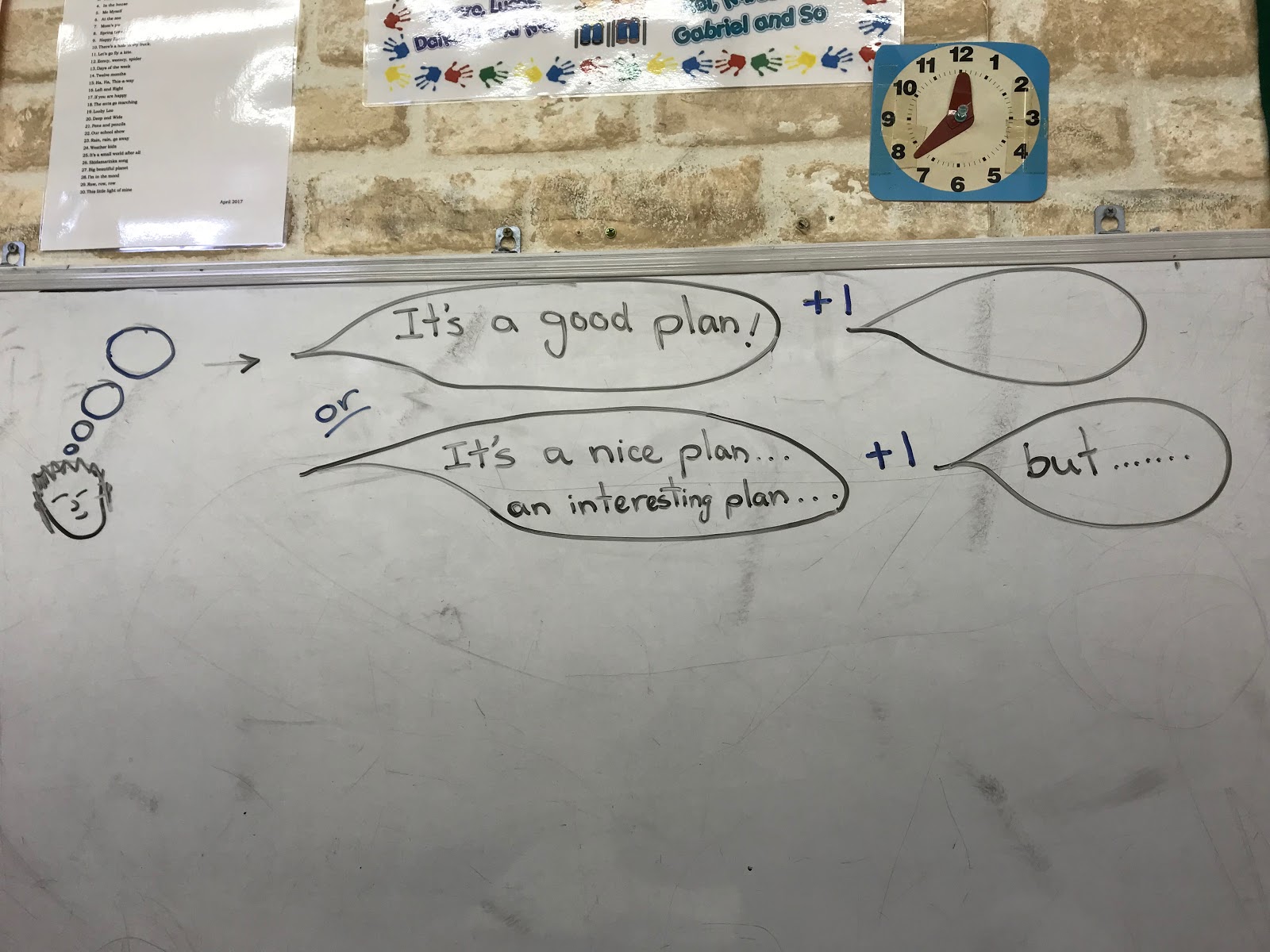
With that now clear, I told them “I want to travel around the world. Here is my plan.”
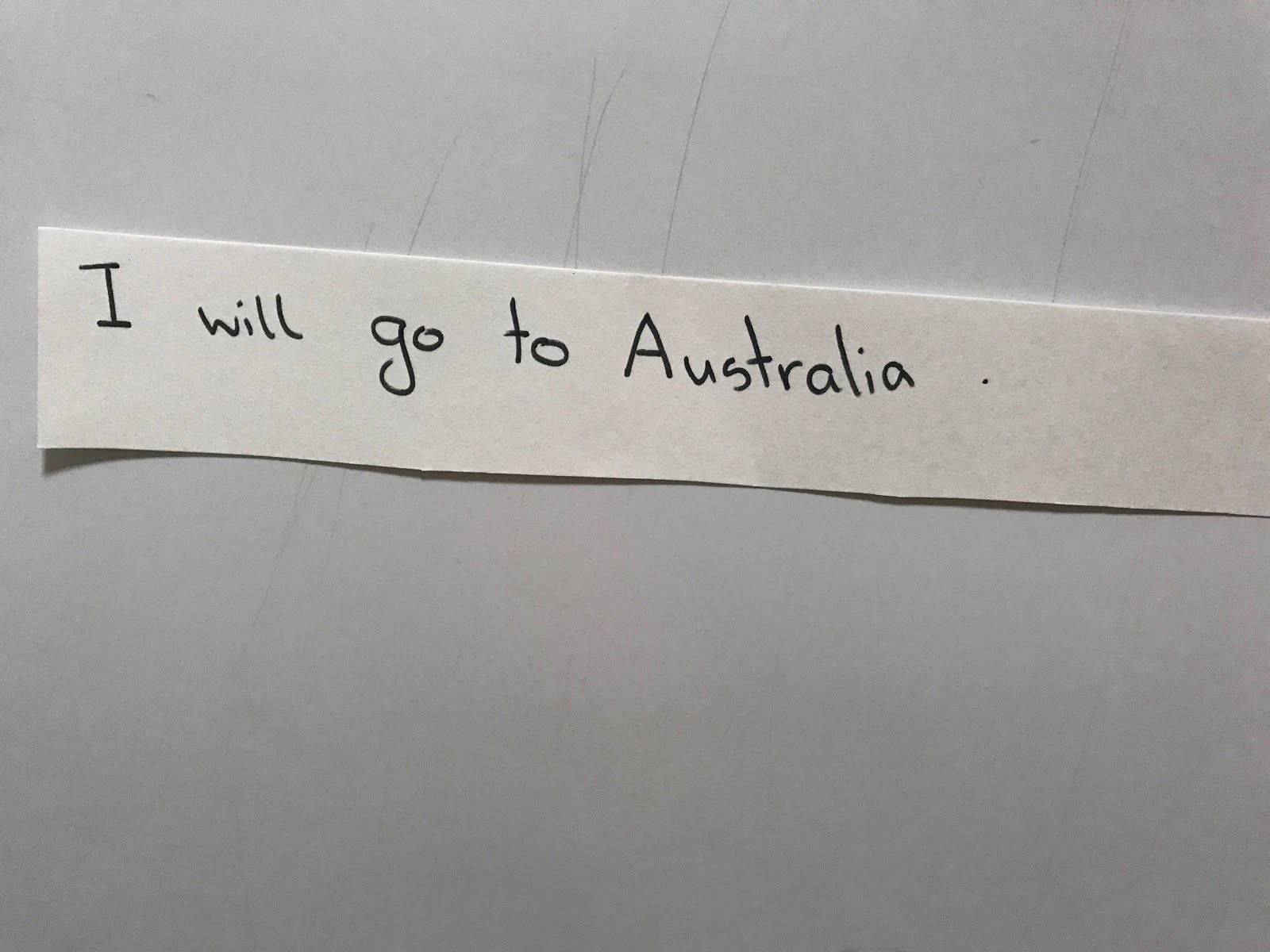
“l will go to Australia.”
The end.
The students quickly responded:
“It’s a nice plan… But… is that it?”
“It’s a nice plan… But… Australia only?” etc.
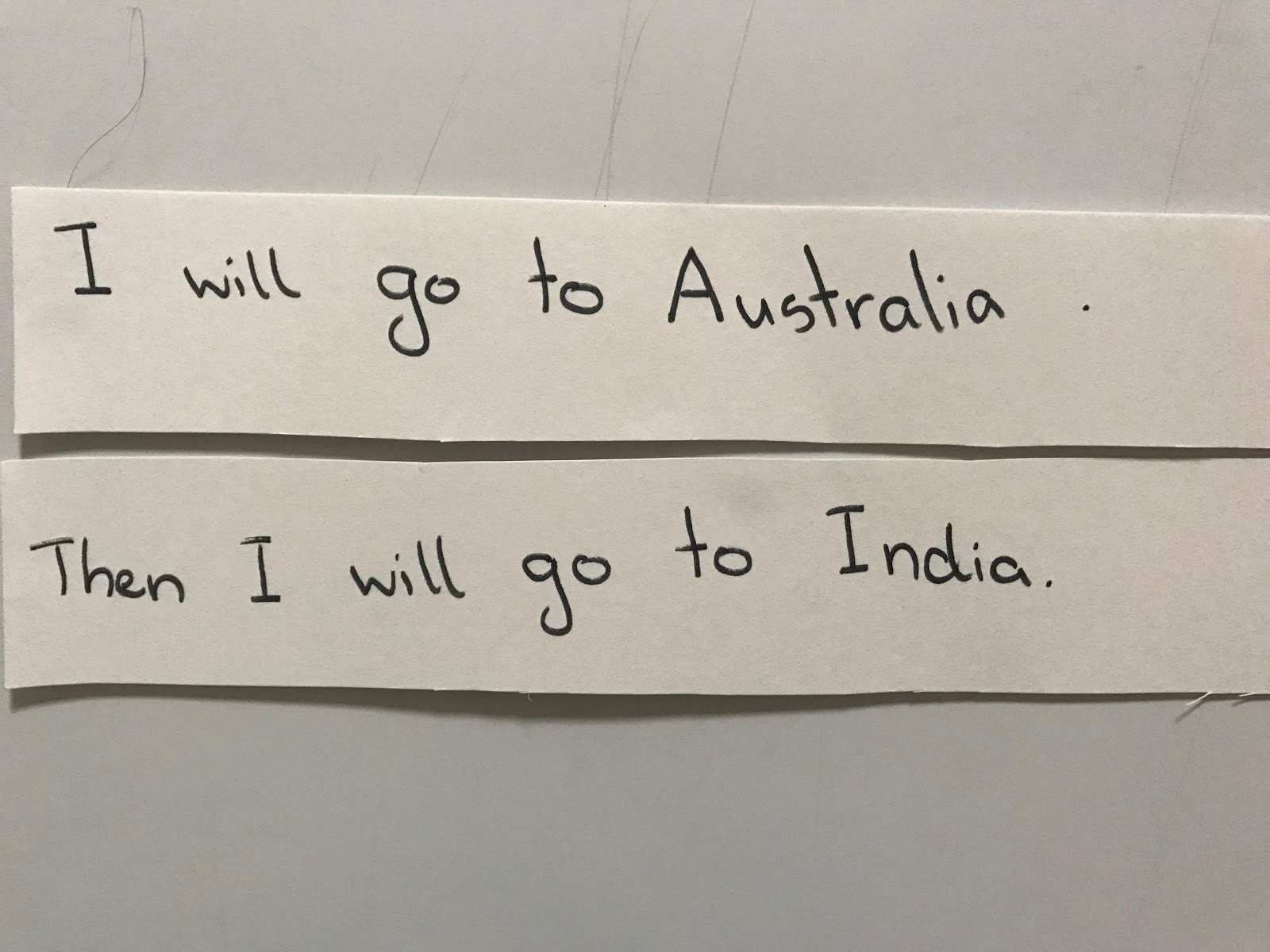
“I will go to Australia.
Then I will go to India.”
“It’s a nice plan… but only Australia and India?”
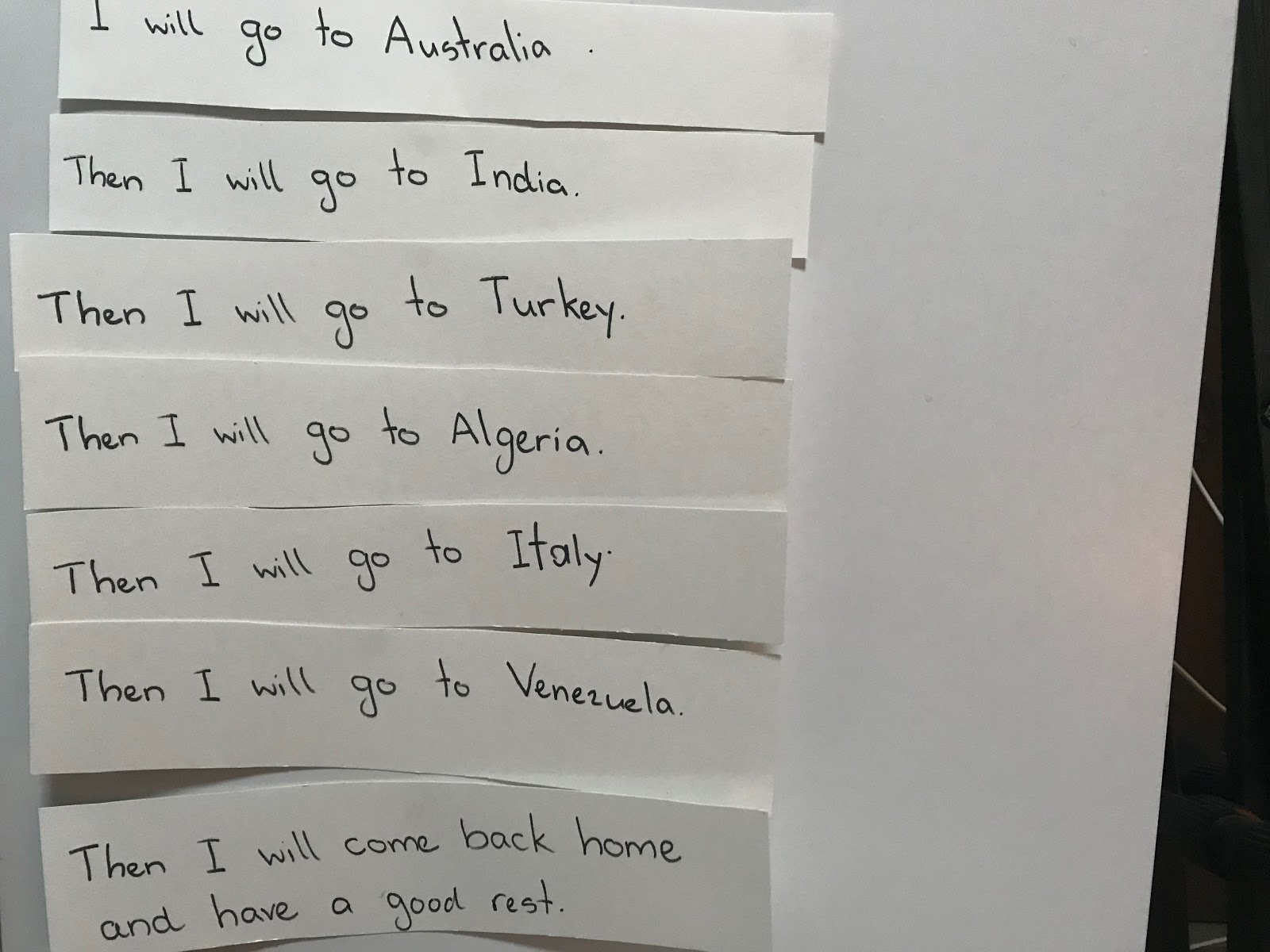
“It’s a good plan! Very busy!”
“It’s a good plan! I want to go too!”
However one student said “It’s a nice plan… But… why these countries?”
Another student added “It’s a nice plan… But… why this order?”
Another student added “It’s a nice plan… But how long will it take?”?
The first student then returned “It’s a nice plan… But… do you have money?”
One by one I began adding details to the plan. With a photo, I added “and see Angel Falls” to Venezuela.
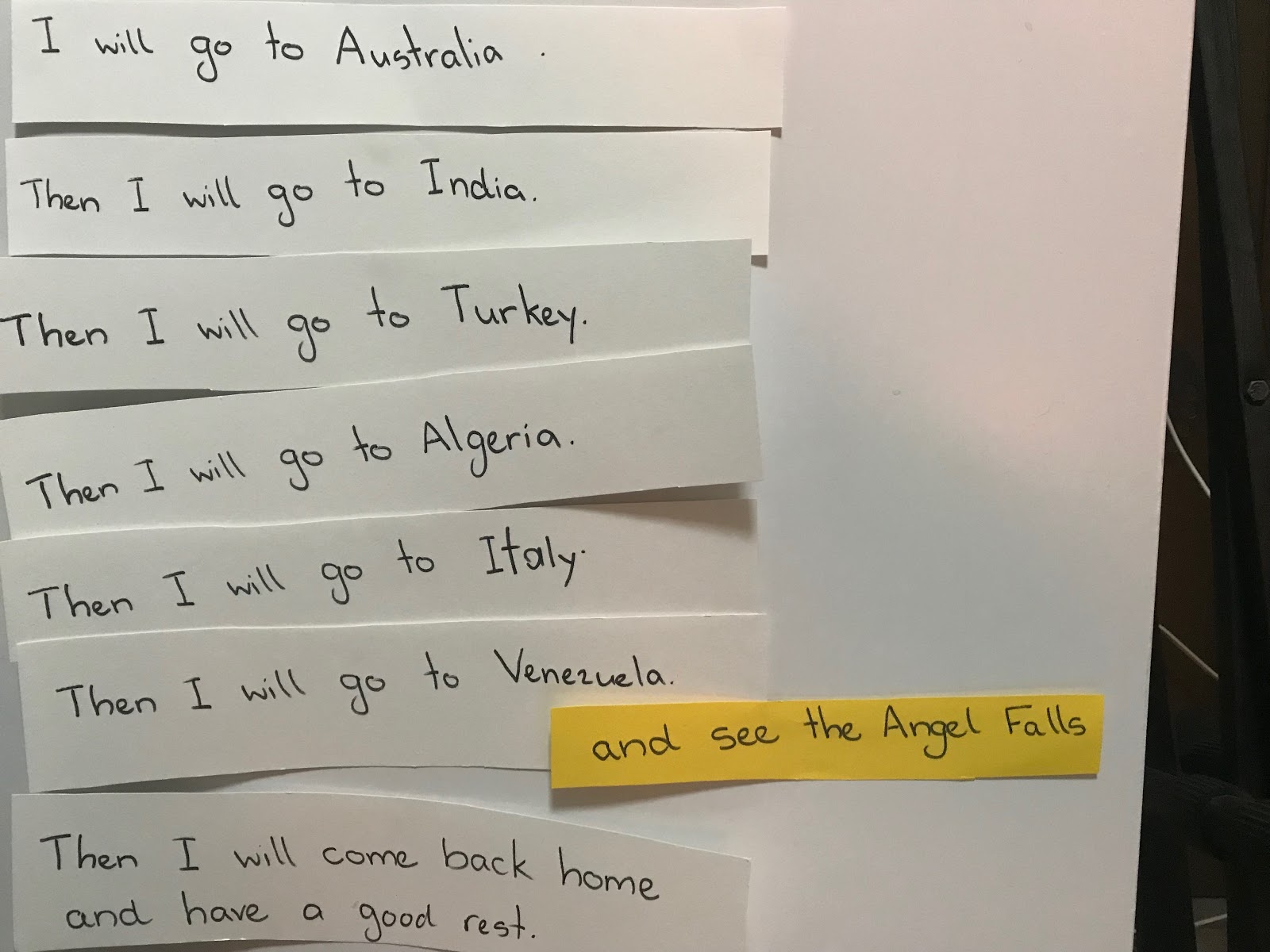
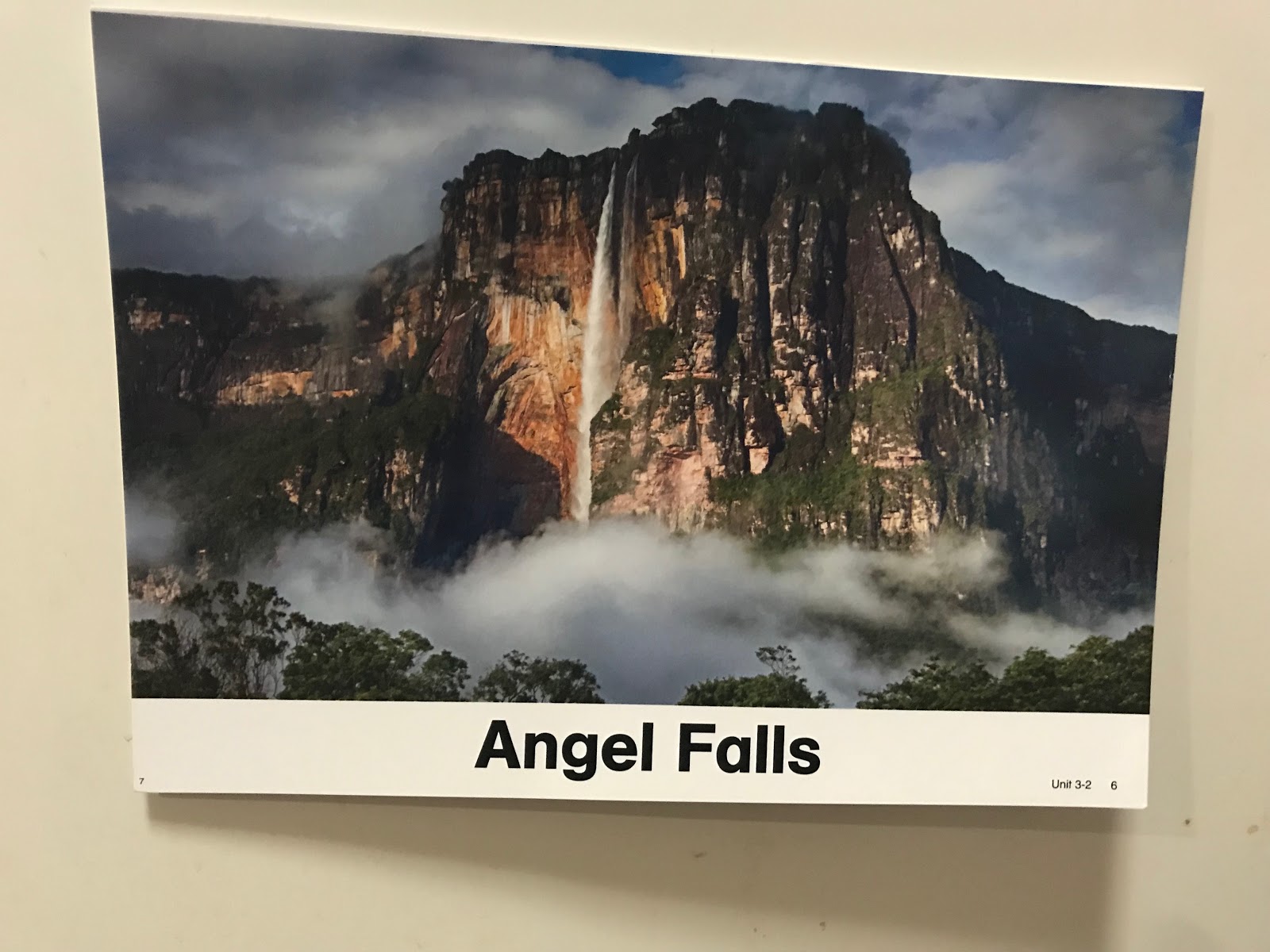
“It’s a good plan! It’s very beautiful!”
After some discussion, we put “and ride a camel” with Algeria.
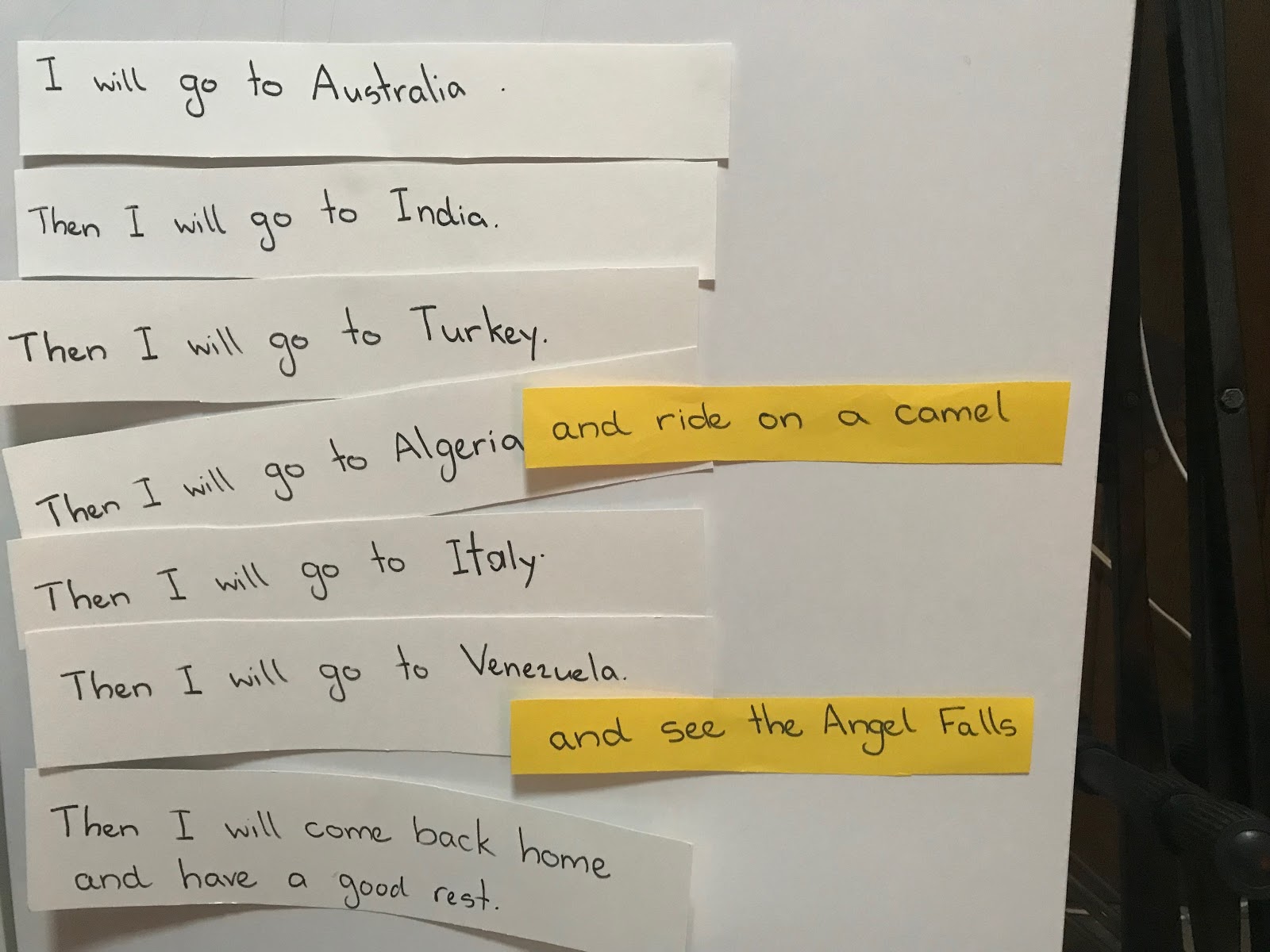
“It’s a nice plan… But… can you ride a camel?”
After some discussion and the picture we put “and climb Uluru” with Australia.
“It’s a nice plan… But… How will you climb it?”
“It’s a nice plan… But… maybe dangerous?”
After some discussion and the picture we put “and swim in the Ganges River” with India.
One smart boy said “It’s a nice plan… But you can’t swim here. This river is special.”
He’s totally right.
As the details were added, the students became very imaginative with their English on ways to discredit it: “It’s a nice plan… But…”
The plan in its entirety appears on page 18.
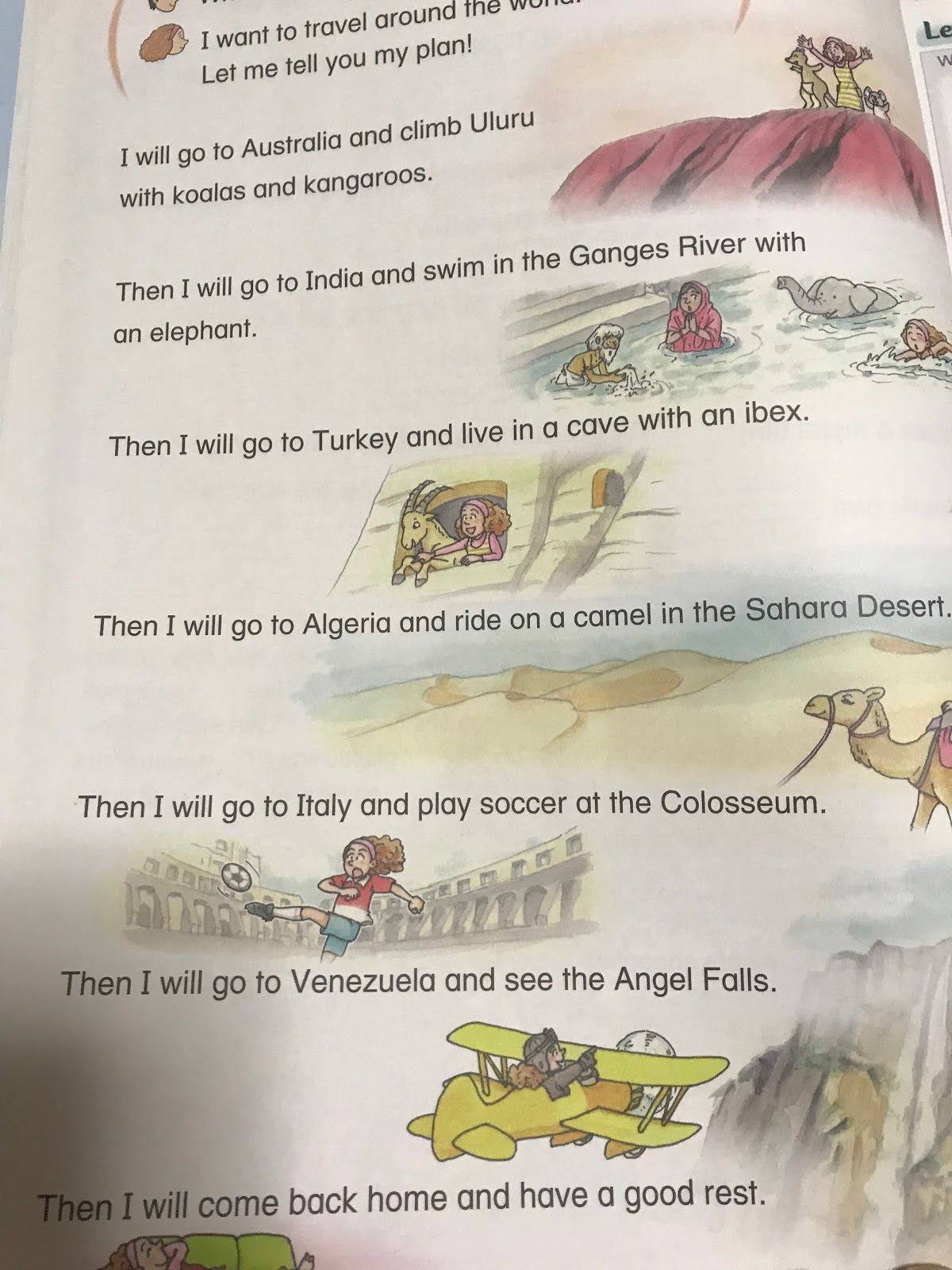
Because this material was presented a little at a time, the students were given the opportunity to use a lot of their own English as they analysed its detail. You can imagine the English that the students expressed in response to “climb Uluru with koalas and kangaroos” and “live in a cave with an ibex” and “play soccer in the Colosseum”!
For the teacher it involved some preparation, but the rewards in terms of student output are certainly worth it.
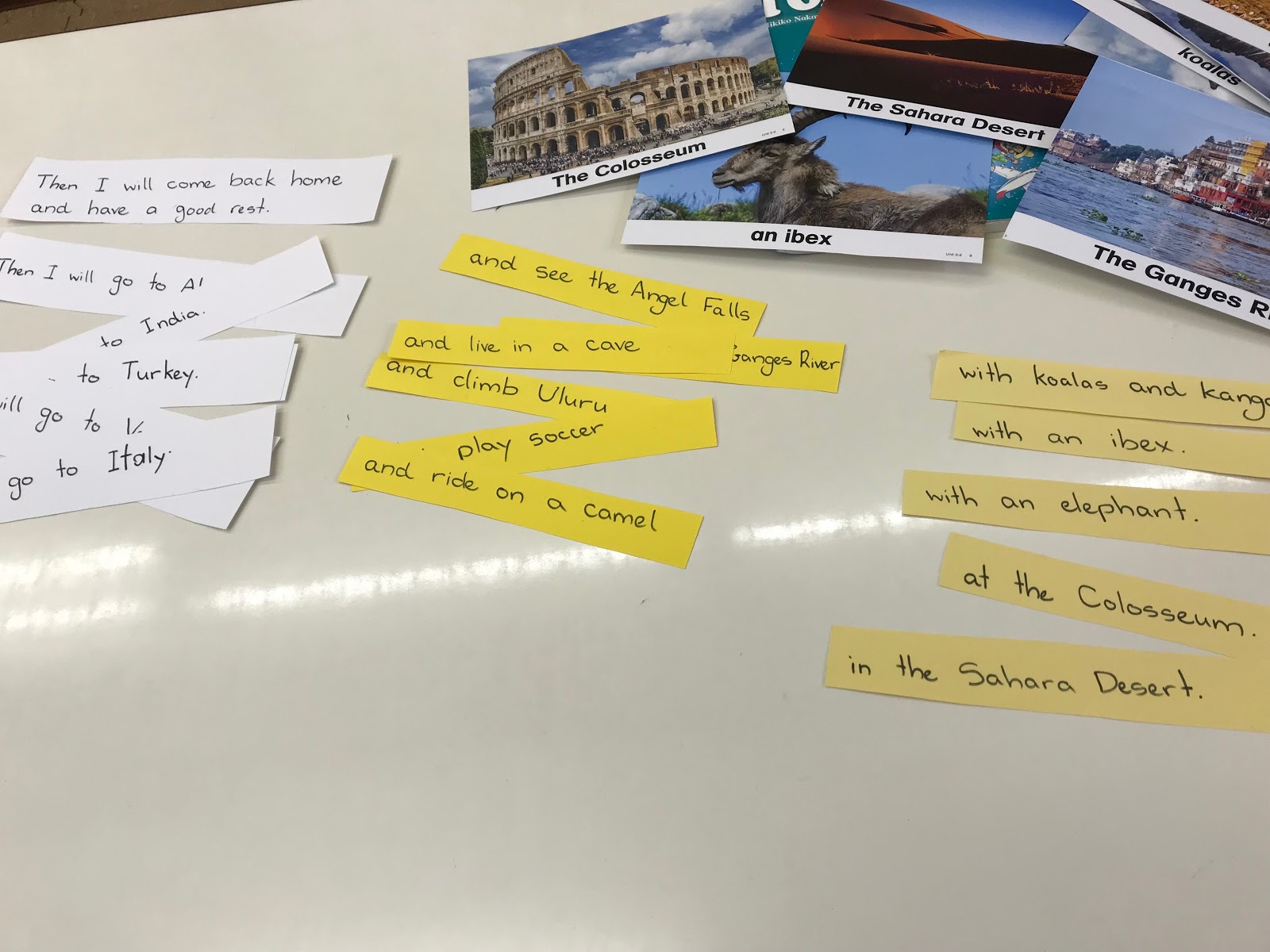
32. READY: “My House” (page 33)
On page 33 of READY, the textbook’s four characters introduce their house.

At the bottom of the page, students have the opportunity to introduce their house.
In my classes, I start this page with my students using my copy of the textbook. I show them the page, with the photos covered:

Students’ curiosities can be aroused when you hide the photos. Wanting to know why the photos are covered, their attention is drawn to the written English, and their subsequent need to read it is charged.
As a class, students read together Kaetlyn’s “This is my house. I live in Vancouver, Canada”. In most cases, students need help with “Vancouver”, but not with “Canada”. What’s important is that students understand independently that Kaetlyn’s house is in Canada. At this point, students’ eyes are glued to the paper hiding Kaetlyn’s house as it’s very slowly removed…

Kaetlyn’s house is quite large compared to Japanese standards, and it may extract interesting comments from students.
The process of reading and revealing each photo continues for all four characters. The reading of “Guadalajara” definitely requires our assistance, but at “Bangkok” and “Shanghai”, give students a little time to make an independent attempt. Many students have heard of these cities, and they can employ basic phonics rules to try and read them.
Now, if you ask students to draw a house, they will likely offer a very simple sketch of a few walls, a roof, a door and some windows. And from experience, students tend to make very little effort on a drawing of their own actual house. To encourage students’ imagination for the bottom section of the page, I present a number of photos of a great variety of houses, all of which were the result of googling “Amazing houses”:

Students are usually very amazed and inspired. Obviously, the moment can be savored by students choosing which houses they like and dislike. Then having students complete the bottom section of page 33 with the instruction that they don’t necessarily have to draw their real house, can open them up to some interesting ideas and overall good quality pictures…






31. READY: “On the School Ground”
This Unit introduces verbs in their simple form, and includes the expression “Let’s ~”. , In the illustration Kaetlyn is holding a soccer ball, which suggests that she is not yet playing it. While turning to Yuko she is running and pointing to an area of the playground where other kids are playing the sport. The whole illustration makes the meaning of “Let’s play soccer” very clear.
Because the illustration makes for easy input of the target language, it’s tempting to have students simply open their textbooks and teach from there. Although we hear at APRICOT workshops that it’s beneficial to introduce the target language to students in a communication activity before they open their textbooks, it’s not always easy designing a meaningful activity on certain target expressions – and “Let’s ~” is a case in point!
I recently gave a lesson on this page. To encourage student interaction and to give students more sight-reading experience, I cut out the faces of a photocopied version of page 28 and prepared hand-written English of the verbs. The verbs were written in the progressive form
( ~ing). As a class, students read each verb and matched them to a face. Throughout this process textbooks remained closed. Matching was done based entirely on imagination.
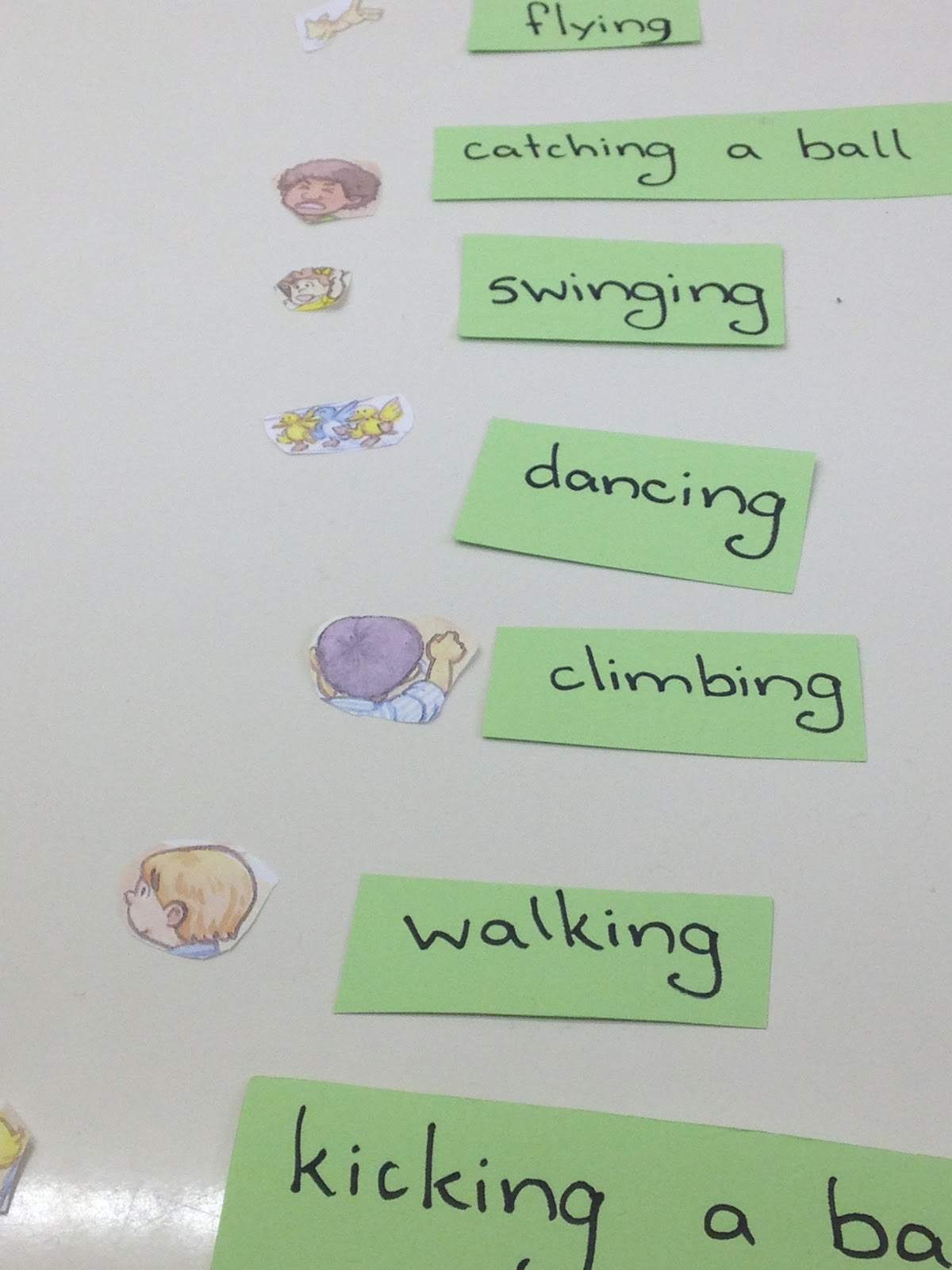
The students had a fun time with this activity. They all worked together to read the word-cards. Certain expressions on the faces made certain verbs highly unlikely, but their combination made amusing imagery.
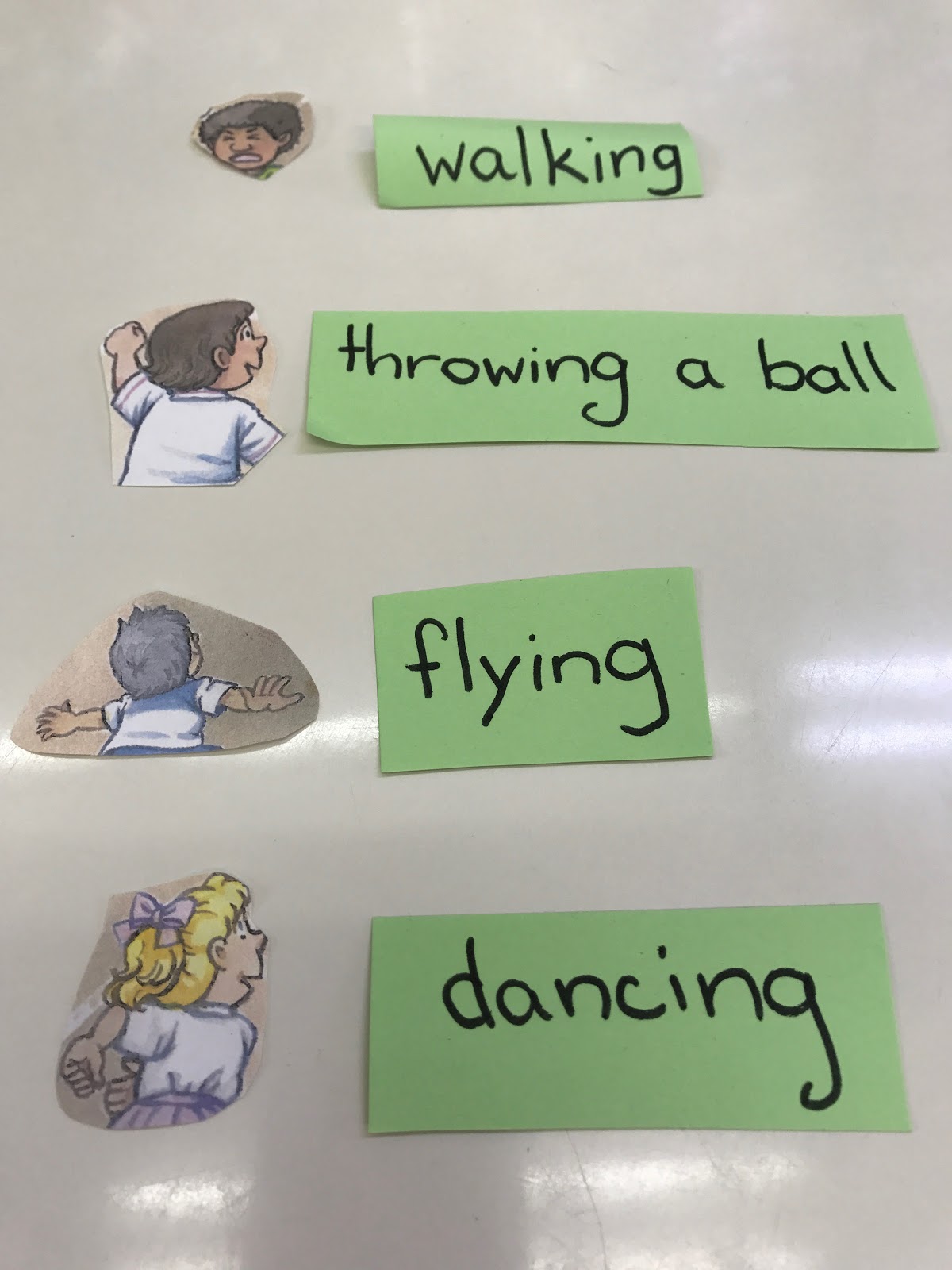
In the end, textbooks were opened to check.
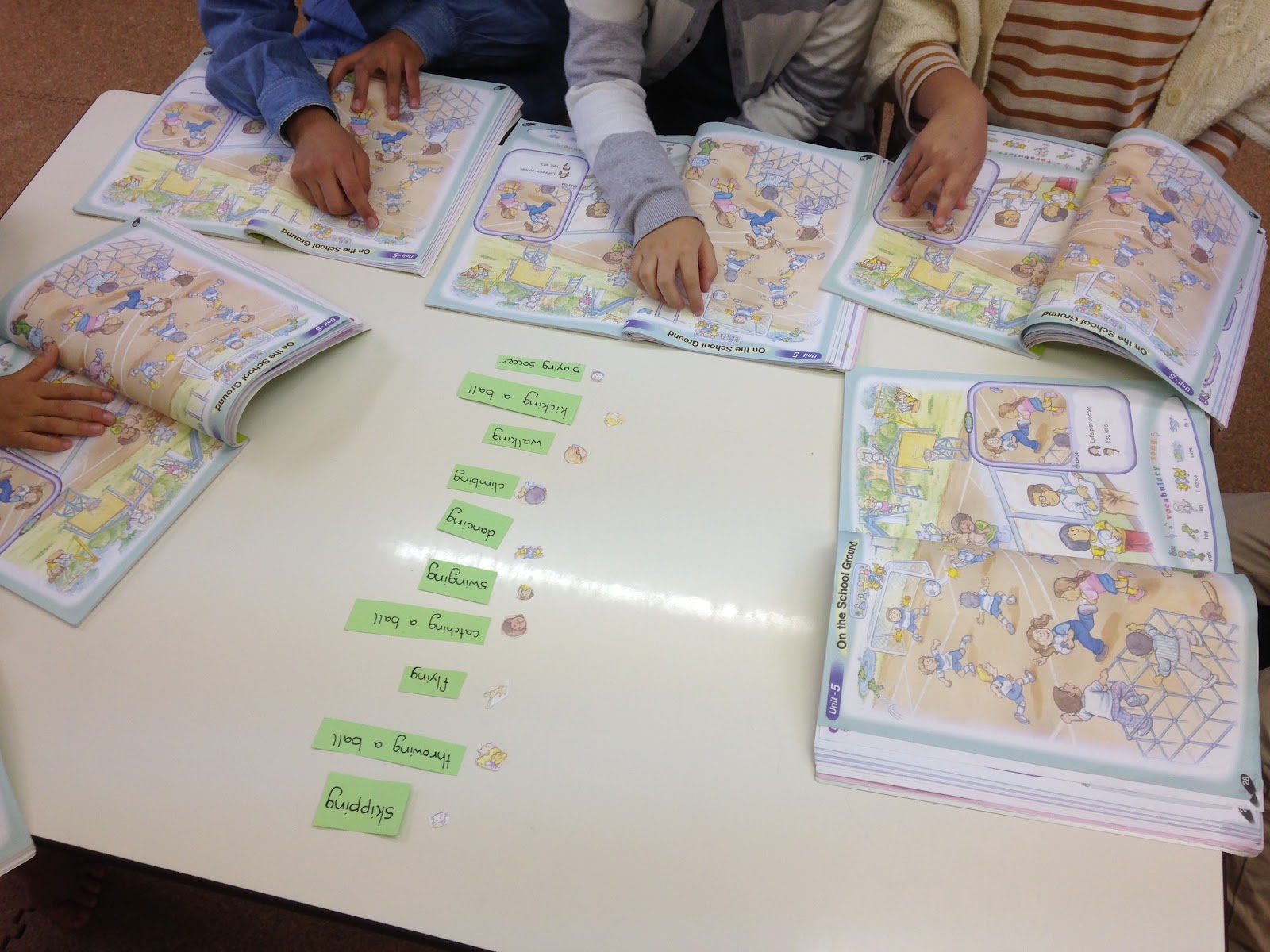
Once the page was open, the transition from the progressive form (~ing) to the simple tense form with “Let’s ~” wasn’t problematic. The illustration of Kaetlyn and Yuko is clear enough.
When the target language doesn’t lend itself easily to a communication activity, it may instead be a nice opportunity to give students a sight-reading experience during which meaningful communication may evolve.
29. ACHIEVEMENT TARGETS
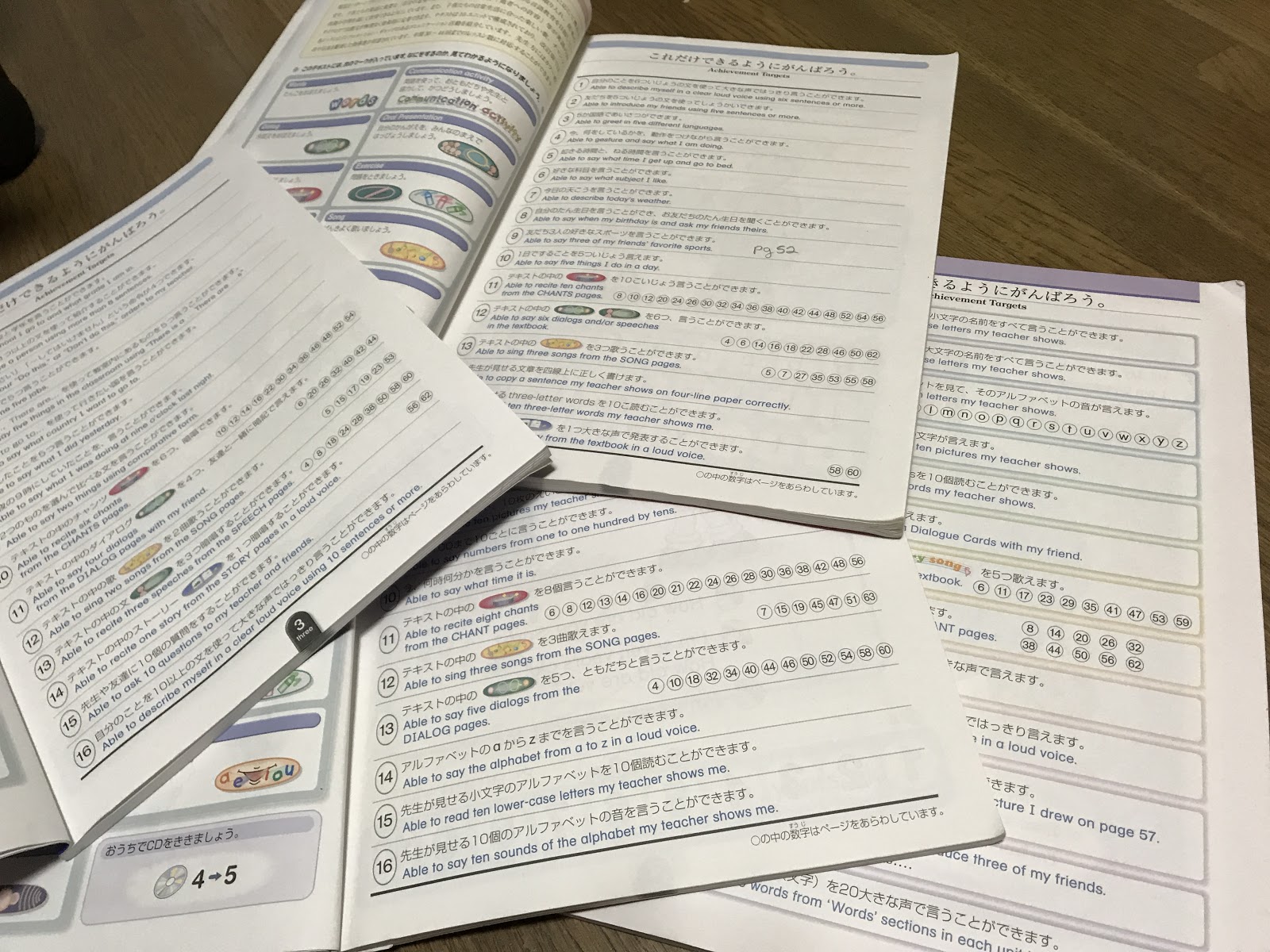
It may seem strange to talk about Achievement Targets at this time of the year, but in fact that slightly unnerving opening page of every volume in the Learning World series (from Bk 1 up) has been on my mind since March when the students were in the finishing stages of their textbooks. Now to be entirely honest with you, for the last 11 years of being a Learning World user, I had largely ignored this page. As my students were quite satisfactorily progressing through the series from one text to the next, completing each page, each task, each chant, each dialogue, I had hardly felt the need to refer to the Achievement Targets. When I did on occasion glance at them, I had merely confirmed that I was doing with the students what had to be done, and everything was good. Despite much head-shaking, finger-waving and passionate pleas from a certain APRICOT staff member (Kawahara Hiromi-sensei) for me to understand the value of this page from the students’ perspective, I was just never overly motivated to.
That changed in March.
In one of my READY classes, I became seriously concerned about a number of students who I felt were going to have a hard time with BOOK 2 this coming year. Throughout the year, they hadn’t really applied themselves to the text as much as they should have, and as much as other students had. They had done very little CD listening at home, and as such they were not confident with READY content at all.
So, for the first time, I brought the class’ attention to the ACHIEVEMENT TARGETS.
The first thing we did was read the Japanese for each one as a class – much to the students’ amusement, as in class we never use Japanese! Interestingly, as we read them the students wanted to try achieving them immediately. (“Let me try! Let me try!”)
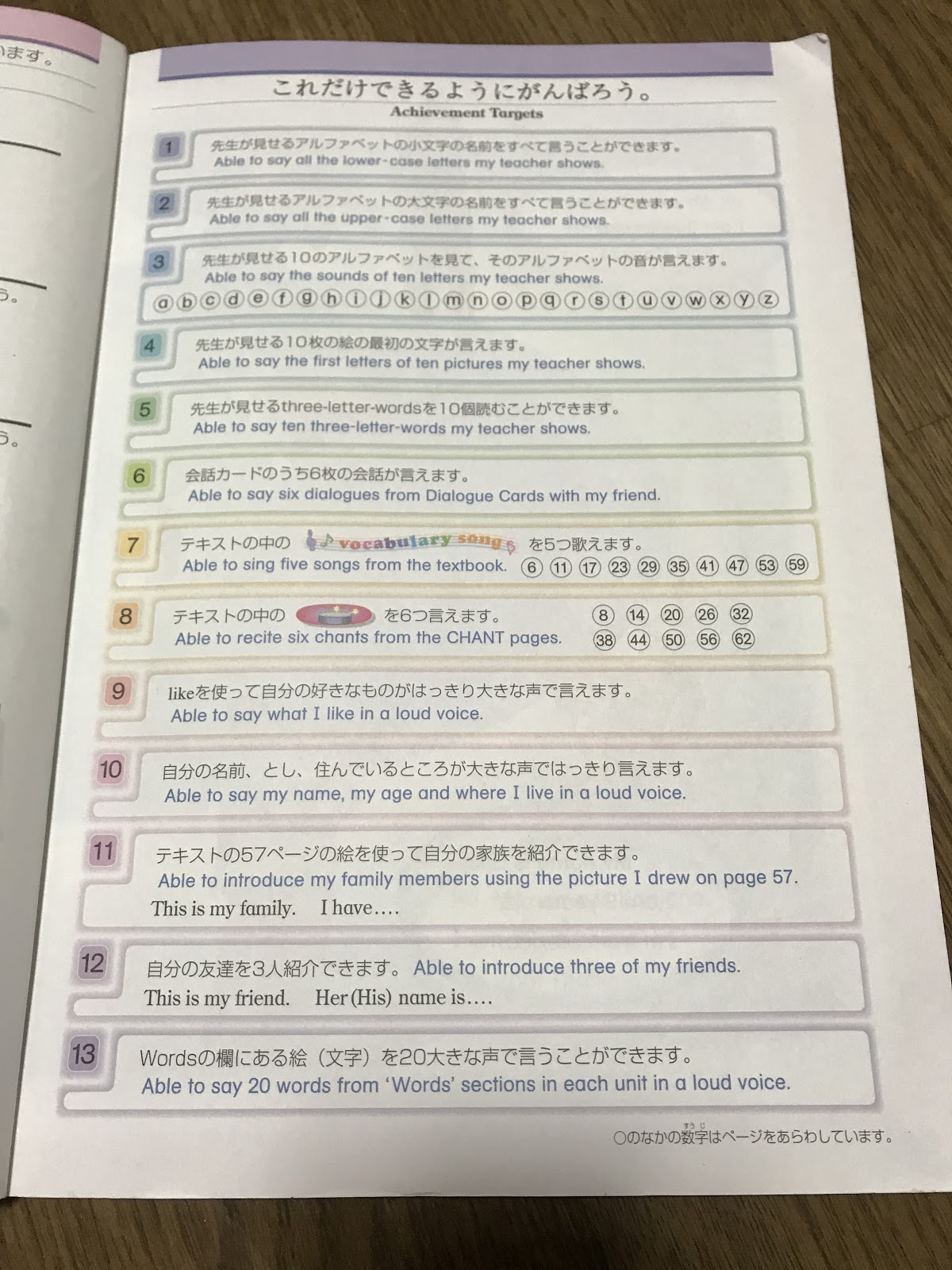
I gave a sticker for each challenge that was completed. This further increased motivation. Even those students who I was worried about wanted to try. But it became evidently clear that they were unable to achieve as many targets as their classmates… For the remainder of the lesson, the students tried to get as many stickers on the page as possible. When it was time for the students to go home, I strongly suggested that they listen to their CD in order to be able to complete more Targets (and get more stickers) next week.
The following week in class before the lesson had even started, all the students had their textbooks open and were practicing! Even those “shaky” students were ready and up for it! They had finally listened to their CD at home! Within the next 30 minutes most of the students had achieved a sticker on every challenge. Others needed one more week to practice at home to get the remaining stickers the following week.
Bringing the students’ attention to the Achievement Targets helped them truly “complete” their textbooks, and become better prepared for the next volume. And because the strategy was such a success in my READY class, I decided to do the same in my Book 1, 2 and 3 classes too. I wasn’t really surprised to see similar results in all classes.
The experience also made me realize the “ACHIEVEMENT TARGETS” are very appropriately named. As students complete each one, it seems they do indeed feel a sense of “achievement”. And with that, now at last I understand Kawahara-sensei’s belief in the value of this page from the students’ perspective. I’m sorry it took me so long to get it!
28. SWAP WORKBOOKS!
The workbooks in the Learning World Series offer more than follow-up study to textbook content. In class they can be used to generate communication experiences for students – especially if you have students swap them!
Many sections of the workbooks require students to fill in segments with their own information. This creates a classic “interview” situation. Students need to ask and answer each other in order to complete the section.
Below is short video footage of a recent class of 7 students studying with “Ready”. Each student bring both the textbook and the workbook to class each lesson.
In this lesson I had the students sit in a wide area around the room. Each student had a classmate’s workbook, not their own. The page to complete was the top section of page 32.

As you can hear from the footage, the students certainly produce English that could do with attention: the pronunciation of “onion”, the omittance of “s” in “grasshopper” etc. However, the simple task of completing a classmate’s workbook page can also produce a very large volume of communication. This too is clear from the footage.
By all means, look for pages in each of the LEARNING WORLD workbooks with sections that require students to fill in their own information. Have students swap books and complete it for their classmates. I think you and they will enjoy this experience!












